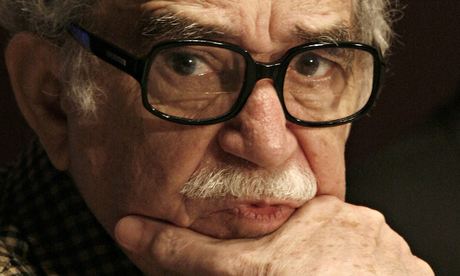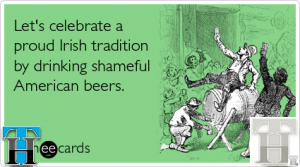‘Fiction was invented the day Jonas
arrived home and told his wife that he was three days late because he had been
swallowed by a whale.’
- Gabriel Garcia Marquez
- Gabriel Garcia Marquez
From that point on, fiction has had quite a journey. In Spanish, it stops
to admire the view twice. Notably with the 16th century Miguel de Cervantes (29
September 1547 – 22 April 1616), whose
‘Don Quixote’ is regarded as the greatest work of fiction in any language. And,
more recently, with Gabriel García Márquez, who died last night (April 17th
2014) after being treated during the month for dehydration and infections at a
Mexican hospital.
 |
Gabriel García Márquez in Monterrey in 2007. Photograph: Tomas
Bravo/Reuters
|
The Colombian’s significance is evident from the familiarity of “One Hundred Years of Solitude" and "Love in the Time of Cholera", works that ring a bell even for the not-so-avid readers. He won the Nobel Prize for Literature in 1982.
They’ll be flying the flags at half-mast all across Colombia as President
Juan Manuel Santos declared three days of national mourning. Strangely, it’s
not the first time that the world has prepared to mourn the loss of the
literary giant. In 2000, a poem was disseminated that convinced all that
Marquez had, or was just about, to pass away. It was a hoax, but it made many
realise how much they should treasure him.
‘What matters in life is not what
happens to you but what you remember and how you remember it.’ - Gabriel Garcia Marquez
‘It is not true that people stop
pursuing dreams because they grow old, they grow old because they stop pursuing
dreams.’ - Gabriel Garcia Marquez
‘A person doesn't die when he should
but when he can.’ – 100 years of Solitude
Personally, I have yet to discover the extent of the rich quality of his
works, but I will always remember him. Every year. On April 18. When I recall
the morning I learned of his passing - my 27th birthday.


















